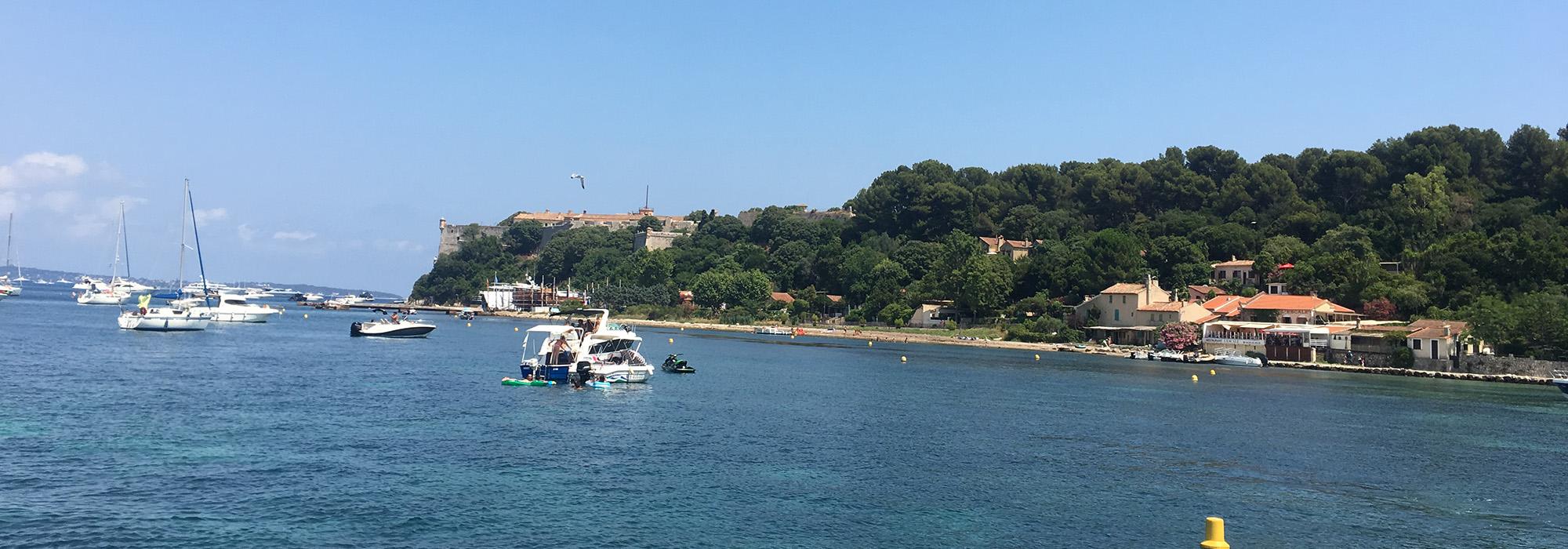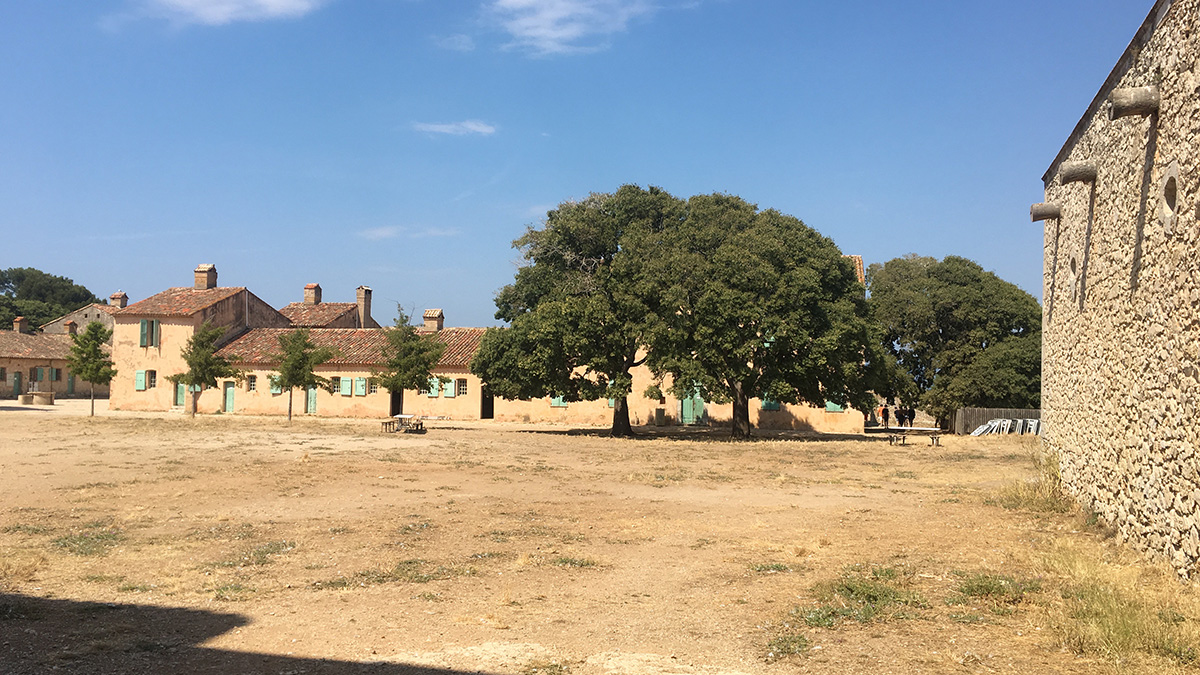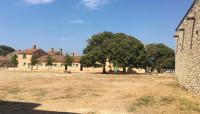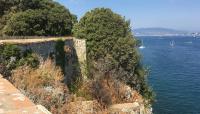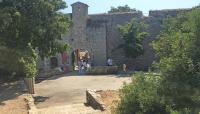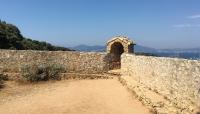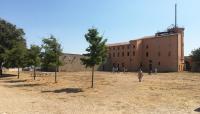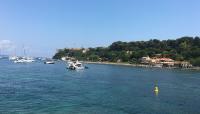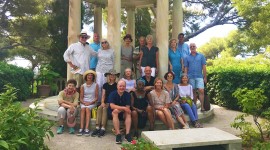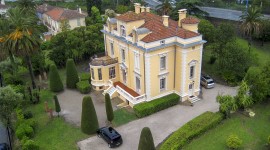Landscape Information
Likely first inhabited in the third century B.C., the largest of the Lérin islands was named Lero by the Romans, who erected stone buildings and water collection systems. From the fifth century A.D. to 1612 the island was owned by the monks of Lérins, who again renamed it Saint-Marguerite. In the early seventeenth century, it was transferred to Claude de Lorraine, the Duke of Chevreuse, who underwrote a modest fort, later named Fort Royal. For nearly the next four hundred years, the fortress was used as a state prison that confined several famous individuals, including the storied “Man in the Iron Mask.” Operating briefly as a convalescence station during the Crimean War, the complex now serves as the Musée de la Mer, a maritime museum that traces the history of the island. The municipality of Cannes, the monastic community, and the French National Forestry Commission collaboratively protect the island’s vegetation while maintaining it as a popular destination for outdoor recreational activities.
Situated half a mile off the south coast of Cannes, the island of Sainte-Marguerite is framed by vertical rock outcroppings and several small beachheads. The relatively flat terrain is covered by more than 370 acres of forest (especially umbrella pines and eucalyptus), and is crisscrossed by a network of unpaved roads that weave between the island’s abundant natural and cultural heritage sites. Fort Royal, defined by its period structures and its bastion of tall stone walls, is strategically perched upon the isle’s northernmost point, overshadowing the small fishing village beneath it. On the isle’s western shoreline is a remnant German bunker abandoned during World War II and Napoleonic cannonball furnaces, located at Pointe du Batéguie and Pointe du Dragon, respectively. Two small cemeteries containing the remains of Algerian Allied servicemen and Crimean War veterans lie adjacent to the fort. Also located along the island’s western shoreline is the Pond of Bateguier, a sanctuary for migratory birds.



